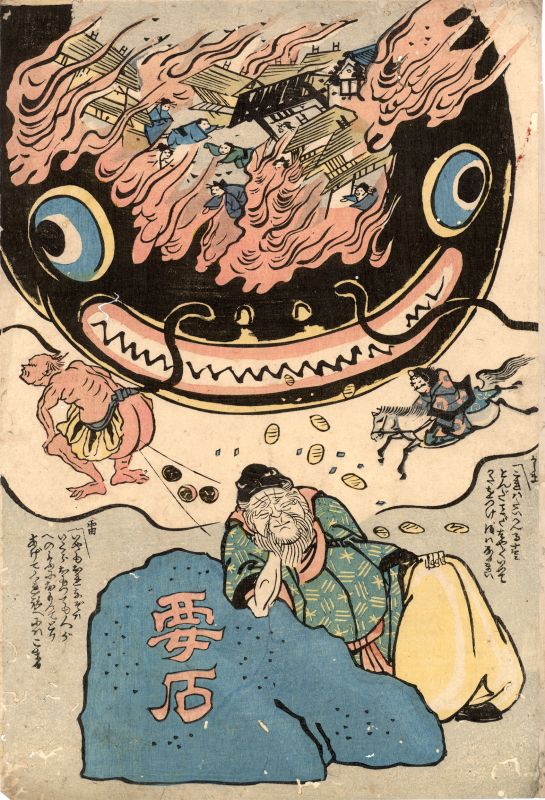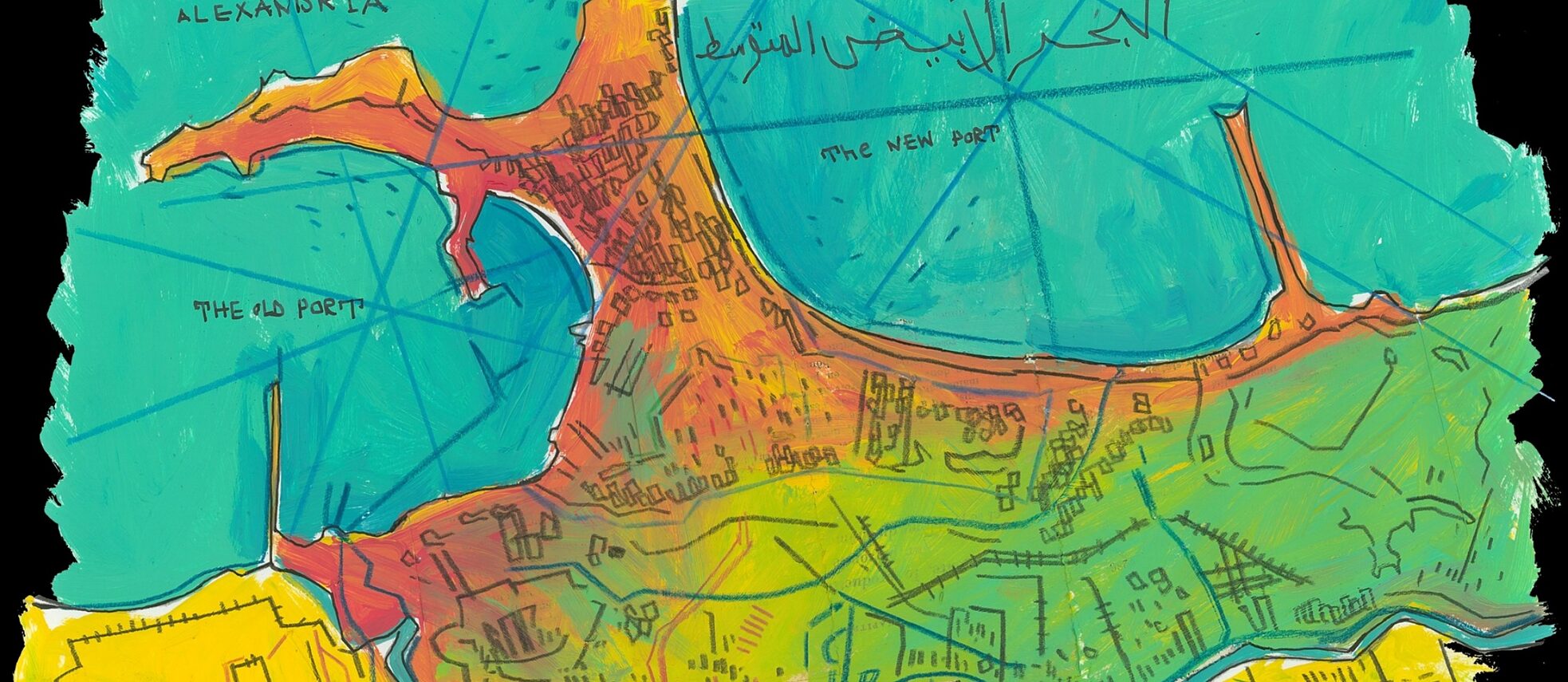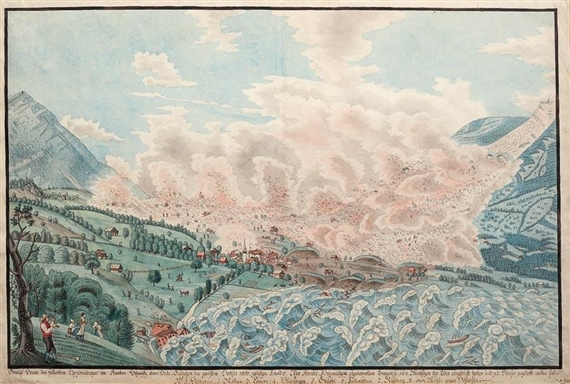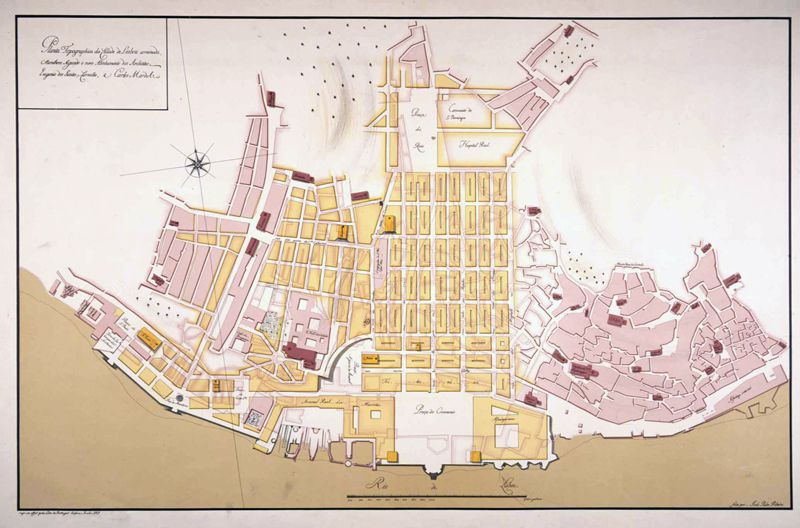Japanese culture has a long history of natural disasters, mostly earth quakes. Also the so called Triple-Disaster of 2011 was caused by an earthquake, which caused a Tsunami and then the explosions at the Fukushima atomic plant. In Japanese culture the catfish symbolizes the unstable ground the islands are built on. According to mythology a giant catfish, called Namazu (鯰) or Ōnamazu (大鯰) , lives underneath the island. the god Takemikazuchi holds it down with a heavy stone. When the catfish is released, he stirs violently and earthquakes happen. There is a whole genre of woodprint images called namazu-e depicting scenes from japanese life and politics always featuring one or more catfish.









